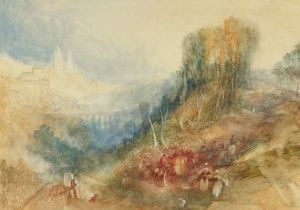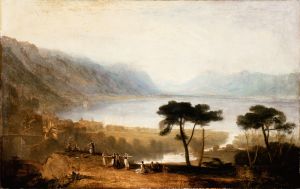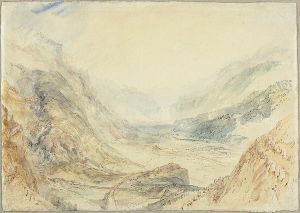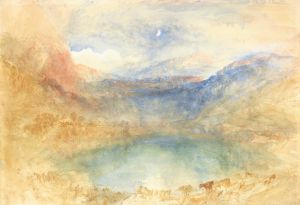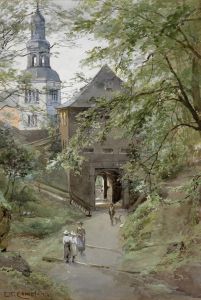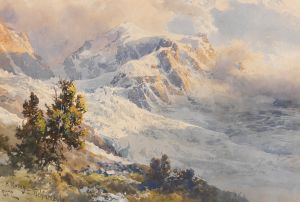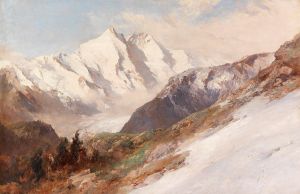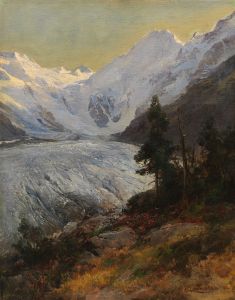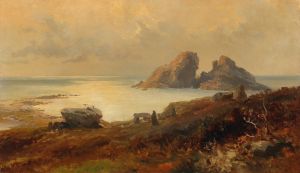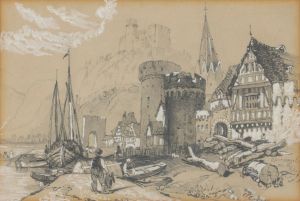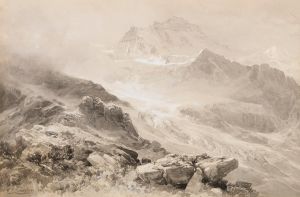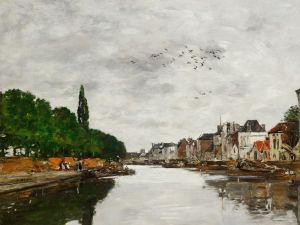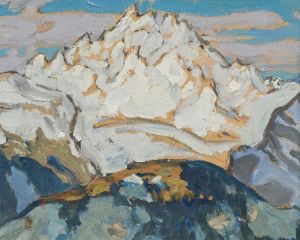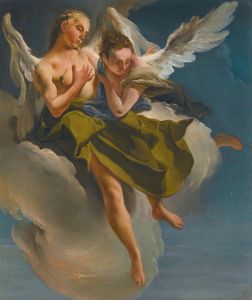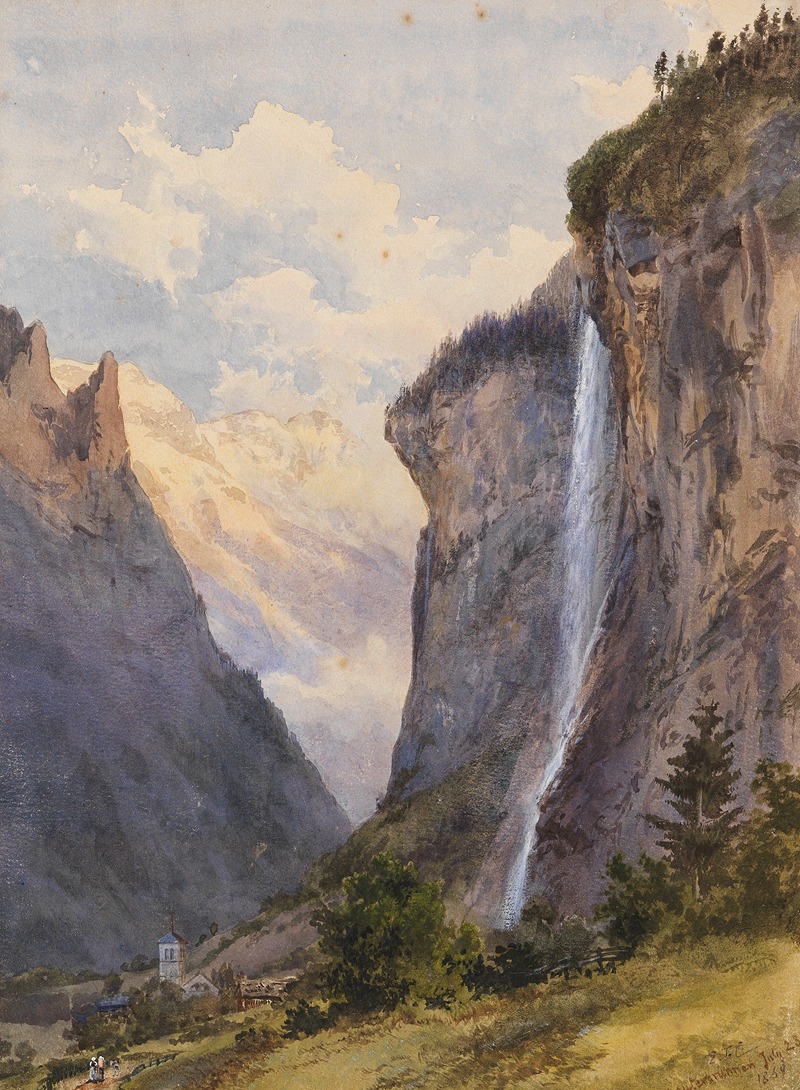
Der Staubbachfall in Lauterbrunnen
A hand-painted replica of Edward Theodore Compton’s masterpiece Der Staubbachfall in Lauterbrunnen, meticulously crafted by professional artists to capture the true essence of the original. Each piece is created with museum-quality canvas and rare mineral pigments, carefully painted by experienced artists with delicate brushstrokes and rich, layered colors to perfectly recreate the texture of the original artwork. Unlike machine-printed reproductions, this hand-painted version brings the painting to life, infused with the artist’s emotions and skill in every stroke. Whether for personal collection or home decoration, it instantly elevates the artistic atmosphere of any space.
Edward Theodore Compton, a renowned English-born painter and mountaineer, created the painting Der Staubbachfall in Lauterbrunnen during his prolific career as a landscape artist. Compton is best known for his detailed and dramatic depictions of alpine scenery, and this particular work exemplifies his fascination with the grandeur of the natural world.
The painting portrays the Staubbach Falls, one of the highest free-falling waterfalls in Europe, located in the Lauterbrunnen Valley in Switzerland. The Staubbach Falls, with a drop of nearly 300 meters (984 feet), have long been a source of inspiration for artists, poets, and travelers. The waterfall's name, "Staubbach," translates to "dust stream," referencing the fine mist created as the water cascades down the cliff face. This iconic natural feature has been celebrated in various forms of art and literature, including a famous poem by Johann Wolfgang von Goethe.
Compton's depiction of the Staubbach Falls captures the dramatic interplay between the towering cliffs, the cascading water, and the surrounding alpine landscape. His use of light and shadow emphasizes the sheer scale of the waterfall and its integration into the rugged terrain of the Lauterbrunnen Valley. The painting reflects Compton's meticulous attention to detail and his ability to convey the sublime beauty of mountainous environments.
Edward Theodore Compton (1849–1921) was deeply influenced by his love of mountaineering, which allowed him to explore and document remote and challenging landscapes. He traveled extensively throughout the Alps and other mountain ranges, often sketching and painting en plein air. His works are celebrated for their accuracy and artistic quality, making them valuable both as art and as historical records of the landscapes he encountered.
While the exact date of creation for Der Staubbachfall in Lauterbrunnen is not specified, it is consistent with Compton's broader body of work, which frequently focused on alpine scenes. The painting is an example of his ability to combine artistic skill with a deep appreciation for the natural world.
Today, Edward Theodore Compton's works are held in various collections and continue to be admired for their contribution to the tradition of landscape painting. His portrayal of the Staubbach Falls remains a testament to his talent and his enduring fascination with the majesty of the Alps.





